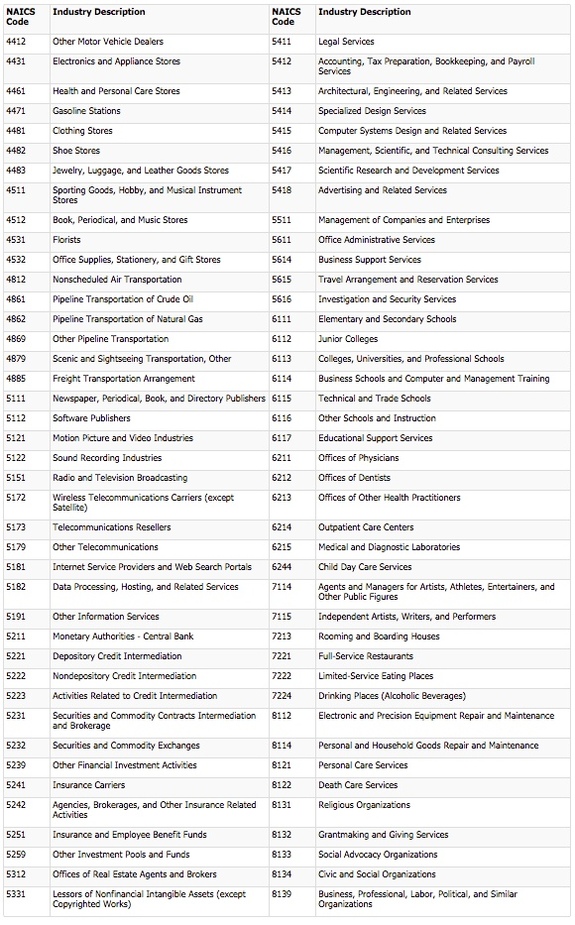Blog
Best Practices for OSHA Recordkeeping
Legislated by the U.S. Congress in 1970, the purpose of the federal Occupational Safety and Health Act (OSHA) is to assure safe and healthful working conditions for employees. Part of its mandate specifies a protocol for employer recordkeeping.
As you know, the federal bureau tasked with administrating the act requires all companies employing more than 10 people to post the “Summary of Work-Related Injuries and Illnesses” annually, from February 1 through April 30.
And while this year’s due date of February 1 has just passed, I thought a review of the best practices for meeting OSHA’s recordkeeping requirements may be in order to help you prepare for the next year.
I’ll first provide a high-level overview of best practices for logging and maintaining records of work-related injuries and illnesses. Then, I’ll talk a little about the OSHA changes affecting California businesses.
Best Practices for OSHA Recordkeeping
To date, OSHA’s recordkeeping rules for businesses (with more than 10 employees) include the following:
- Posting a copy of the “Summary of Work-Related Injuries and Illnesses” (OSHA Form 300A) between February 1 and April 30 in conspicuous places where employees gather, as well as on bulletin boards at each office and work station. Even if there were no recordable cases, the log still must be posted.
- Recording occupational injuries and illnesses, first by filling out OSHA’s Form 301 (“Injury and Illness Incident Report”) and then completing its Form 300 (“Log of Work-Related Injuries and Illnesses”), making sure a company executive certifies the accuracy of the data reported.
As California is among the many states with its own state OSHA plan, you may want to download PDFs of Forms 300, 300A and 301 directly from the state’s Department of Industrial Relations website.
You can also download the state's guide to its OSHA recordkeeping requirements, but note that California’s time frame (February 1 through April 30) and related specifications for posting copies of the “Summary of Work-Related Injuries and Illnesses” is the same as those on the federal level.
To help you navigate the bureaucratic paperwork more efficiently, we further recommend the following:
- Thoroughly review all forms to check for accuracy and completeness
- Review the classification of the incidents carefully to ensure that only those that are required by OSHA are logged
- In those cases that involve both lost time and restricted work, be sure to document the total number of days for each
- If the status of a case changes, including its severity, account for this in the log
You can consult OSHA's 2015 fact sheet for more information.
OSHA Changes Affecting California Businesses
Last fall (September 2014), OSHA introduced two major revisions to its recordkeeping requirements. The first updates the list of industries that are exempt from the requirement to “routinely” maintain injury and illness records due to their relatively low incident rates, beginning Jan. 1, 2015.

That said, it’s important to keep in mind that the OSHA exemptions are “partial”; the second major revision requires employers to report (and of course, document) any workplace incident resulting in death within eight hours, and in-patient hospitalization, amputation or loss of an eye within 24 hours.
OSHA’s assistant secretary of labor, Dr. David Michaels, briefly goes over the changes to recordkeeping and reporting requirements in this video here:
Specific to California’s OSHA program (Cal/OSHA) is its requirement that every employer implement a written Injury and Illness Prevention Program (IIPP). This requirement is one of the key differences between Cal/OSHA and the federal act, and furthermore, California employers are often cited for violations of the state’s IIPP requirement.
Another significant point of departure for Cal/OSHA is a new state law (California Assembly Bill 1897), effective as of the first of this year, that establishes shared liability between businesses and temporary staffing agencies for wage, safety and workers’ compensation.
So if your firm employs 25 or more workers and uses temporary labor, you’ll want to rigorously vet temporary agencies to ensure they are fully compliant with OSHA regulations, carry workers’ compensation insurance for their pool of temporary employees, and otherwise adhere to legal employment requirements.
For more insights into Cal/OSHA and how it affects your business, refer to our “2015 Q1 Update: Workers’ Compensation Market Update and OSHA Posting.”
Author
Table of Contents














